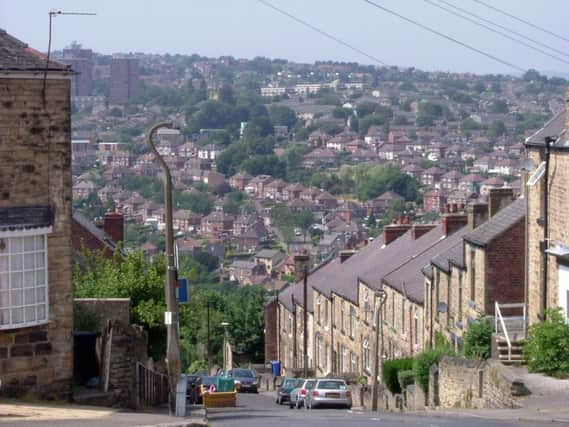New ONS data: Burnley's population set to fall by almost 1,000 against previous projections


By 2024, the population of the area may fall to 87,728 residents, 951 fewer than the previous projections by the ONS, who have produced the new figures using a different formula to calculate levels of migration both from overseas and from different areas within the UK.
Researchers have looked at migration trends over a 10-year period rather than the five years of data previously studied, with projections looking at past trends but not attempting to predict the consequences of future events, such as the impact of Brexit on international migration levels.
Advertisement
Hide AdAdvertisement
Hide Ad"Population projections are an important tool in planning for the delivery of future services, such as education or social care," said a spokesperson from the Local Government Association. “However, councils know that projections are not precise forecasts and that planning for future provision of services always needs to cover a range of scenarios.”
The ONS has said that these calculations illustrate alternative future sizes and age structure of the population but do not replace the previous population estimates published last year and should be used alongside them. Looking further ahead, the population of Burnley is projected to be 86,144 in 10 years' time - 1,289 fewer than previously estimated.
Across England, the greatest increase in population in the new figures is in Ealing, where there may be 11,297 more residents by 2024, while in Liverpool on the other hand, there are projected to be 14,949 fewer residents than indicated in previous projections.
With most councils using their own data alongside the ONS projections, the Local Government Association, which represents councils, said that local authorities generally used projections to help them understand how the population in their area may change.